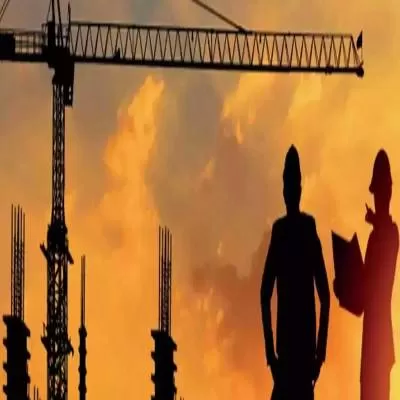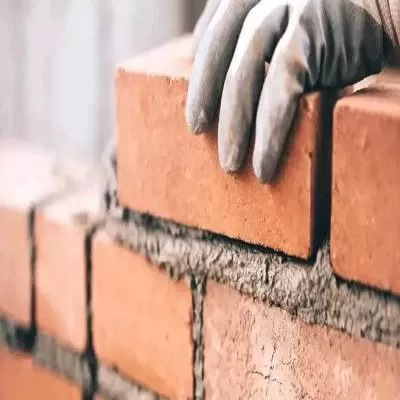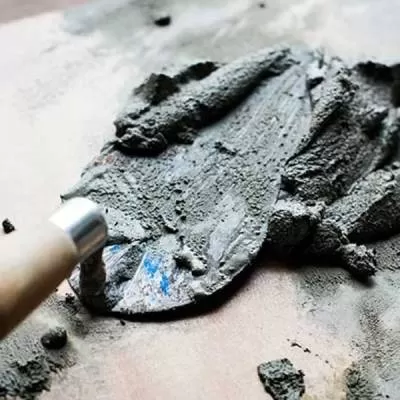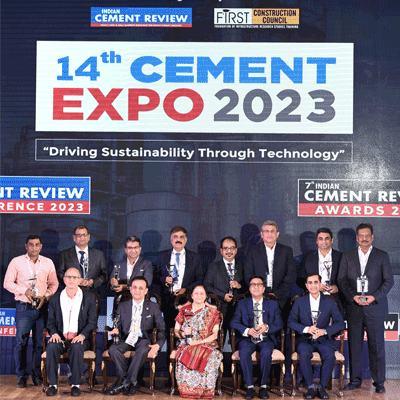- Home
- Building Material
- Cement
- What Lies Beneath?
What Lies Beneath?
Mumbai demands better monitoring of underground utilities and construction activities that affect soil formations under roads and footpaths.
Dr Narayan Hardikar Road in Worli that leads to the Bandra-Worli Sea Link caved-in on July 21, creating a 12 ft wide and 20 ft deep crater. The road gave way, after a 90-year-old stormwater drain running 10 ft under the road, collapsed.
Since 2008, the city has witnessed nine such cave-ins (six major ones), of which two have been reported this year. Ashok Shintre, Director (Engineering Services and Projects), BMC, says, “Since the British age, drain pipes have been installed underground. These arch shape pipes being 100 years old now have become weak. During high tide, there is an increase in water pressure and the water seeps in to the areas around the drain, further weakening them. Hence, when a heavy transport passes over the road, the road fails to take the weight and the cave-in occurs.”
There would be relief from such disasters as the Centre-funded Brihanmumbai Storm Water Drain project is completed. As Shintre states, the project which involves replacement of the century-old drainage system in the city will be completed by 2012.
In the case of Dr Narayan Hardikar Road, about 50 m that was layered with paver blocks has collapsed. Then the question that arises is, are paver blocks receptive to such damages? SN Patil, Vice President, ITD Cementation India, says, “The basic problem is the base material, which is the soil. Paver blocks are basically interlocking blocks used in case of emergency. For instance, if you put concrete, you have to wait for 21 days.”
As Shintre cites, the BMC is looking at various survey reports based on which work will begin. This will involve leakage detective measures, pump stations and the completion of the storm water drain project. However, such accidents over the years unquestionably demand the need for better monitoring of underground utilities and construction activity that affects soil formations under roads and footpaths.
Give your views at feedback@ASAPPmedia.com
Mumbai demands better monitoring of underground utilities and construction activities that affect soil formations under roads and footpaths. Dr Narayan Hardikar Road in Worli that leads to the Bandra-Worli Sea Link caved-in on July 21, creating a 12 ft wide and 20 ft deep crater. The road gave way, after a 90-year-old stormwater drain running 10 ft under the road, collapsed. Since 2008, the city has witnessed nine such cave-ins (six major ones), of which two have been reported this year. Ashok Shintre, Director (Engineering Services and Projects), BMC, says, “Since the British age, drain pipes have been installed underground. These arch shape pipes being 100 years old now have become weak. During high tide, there is an increase in water pressure and the water seeps in to the areas around the drain, further weakening them. Hence, when a heavy transport passes over the road, the road fails to take the weight and the cave-in occurs.” There would be relief from such disasters as the Centre-funded Brihanmumbai Storm Water Drain project is completed. As Shintre states, the project which involves replacement of the century-old drainage system in the city will be completed by 2012. In the case of Dr Narayan Hardikar Road, about 50 m that was layered with paver blocks has collapsed. Then the question that arises is, are paver blocks receptive to such damages? SN Patil, Vice President, ITD Cementation India, says, “The basic problem is the base material, which is the soil. Paver blocks are basically interlocking blocks used in case of emergency. For instance, if you put concrete, you have to wait for 21 days.” As Shintre cites, the BMC is looking at various survey reports based on which work will begin. This will involve leakage detective measures, pump stations and the completion of the storm water drain project. However, such accidents over the years unquestionably demand the need for better monitoring of underground utilities and construction activity that affects soil formations under roads and footpaths. Give your views at feedback@ASAPPmedia.com























